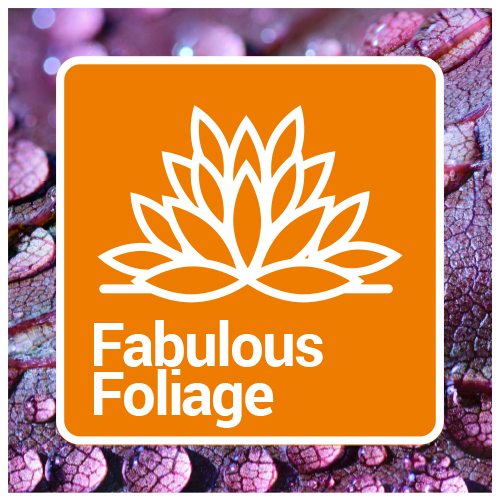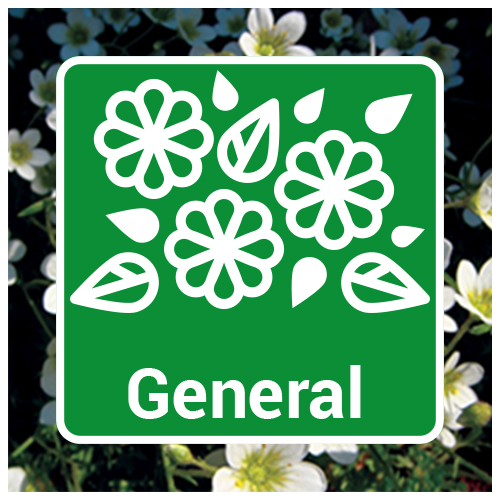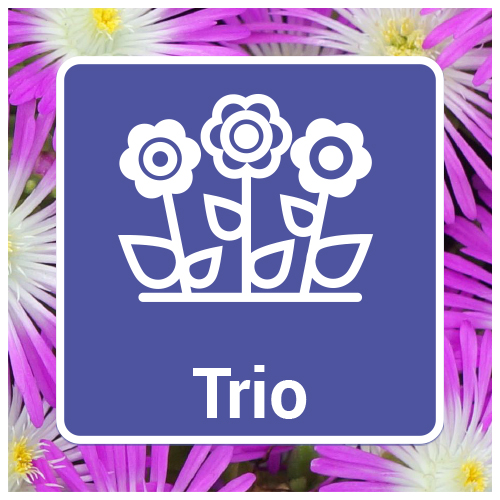Bloeiende vacaturesBij Raes Bloemzaden nv
Wij leveren het beste plantmateriaal aan professionele kwekers — met oog voor kwaliteit en een passie voor innovatie. Op zoek naar collega's die met ons willen groeien.















Nieuwsberichten
Vanuit onze blog



Beschikbare catalogi
Catalogi in de kijker
135
Nieuwigheden in ons aanbod
98
Jaren op de markt
43.000+
Vierkante meter aan serres










